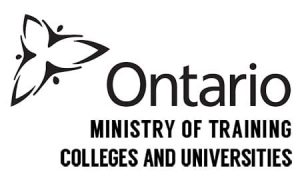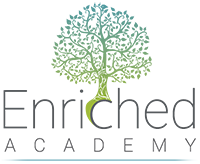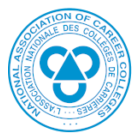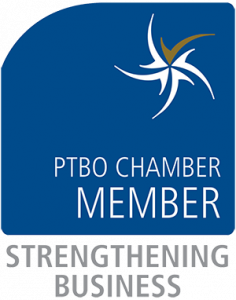
Demand for skilled labour in the field of pharmaceuticals is very high. When you have hands-on training and a complete understanding of drug development, the path to employment is promising. But, you need to make sure that potential employers are aware of how prepared you are, rather than assume they’re familiar with exactly what your education entails. It’s a good idea to choose a career college that has an interest in your success and can help you navigate the job market. To make sure you stand out after graduation, read on for 3 great tips on crafting an excellent resume.
Make Your Resume Relevant and Specific to Pharmaceutical Manufacturing
Often, pharmaceutical companies look for candidates who can start working for them right away with minimal fuss. If you don’t have previous work experience, you can still appeal to this by highlighting all of your practical experience from your program. The skills you will have after your training program include monitoring outside process equipment, sampling products, performing tests, and recording data. Take note of which skills you have that are directly applicable to the job you are shooting for. Look at the job description, and match the qualifications you see with skills you have acquired in your program.
Next, weave your relevant skills into your resume as prominently as you can. With an education that has a practical approach and gives you experience relevant to the real world, it’s easy to find great points to highlight that will translate to a professional setting. If you’re unsure of how to word the skills you’ve acquired in your education, you can consult the program and course descriptions from your pharmaceutical manufacturing technician program.
 Your sampling skills from Oxford College can help you in a pharmaceutical job search
Your sampling skills from Oxford College can help you in a pharmaceutical job search
Strong Beginnings can Help Start a Career in Pharmaceutical Manufacturing
The top 1/3 of a resume is referred to as the “visual centre”. It is important to be as engaging and persuasive as possible in this area, to catch employers’ eyes in a pile of resumes. One approach is to use this space for a summary section. To do this, list keywords that are job-specific, followed by examples of your skills and experience that relate to the keywords.
For example, you may list the keyword “optimization”, followed by your experience in a career program with troubleshooting, monitoring and optimizing physical and chemical processes and developing procedures. It can be helpful to list the keywords in bold, as bullet points, with a colon followed by your proof of experience.
Fold in Keywords that are Included in the Job Description
Just as you want to highlight applicable skills and experiences, you want an employer to be able to skim your resume and still take away the idea that you are qualified. A great way to do this is to highlight keywords from the job description that are specifically used in the pharmaceutical manufacturing industry. If you find that this is taking up space and creating a bulky resume, you can use a technical skills section to list words that appear in the job listing and are a part of your skill set.
For a career in pharmaceutical manufacturing, you may find that job listings differ from company to company. Make sure you take a look at the description for the position you’re applying to and tailor your resume to the keywords that appear, rather than re-using ones from a previous, similar application.
 Revising your resume for each pharmaceutical company you apply to will help you get noticed
Revising your resume for each pharmaceutical company you apply to will help you get noticed
Are you interested in pharmaceutical manufacturing?
Contact Oxford College for more information about courses!






